TsAGI completes another test stage of prospective low-noise aircraft

- Posted On
The Central Aerohydrodynamic Institute (TsAGI) completed the second stage of trials of a semi-model of the prospective low-noise aircraft, the institute said.
|
Aviation defence industry technology
|
|
|
|
|

The Central Aerohydrodynamic Institute (TsAGI) completed the second stage of trials of a semi-model of the prospective low-noise aircraft, the institute said.
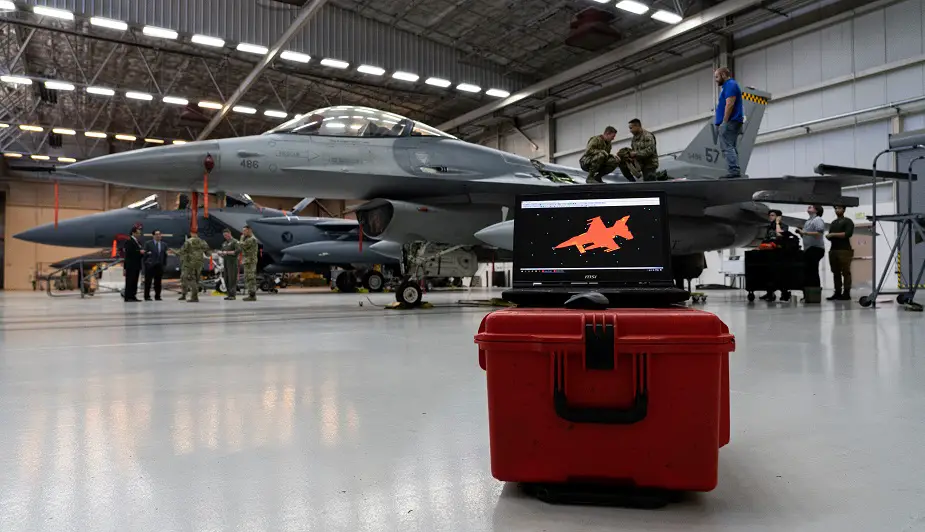
Air Education and Training Command is working to build a faster and smarter Air Force in partnership with multiple major commands to develop a competency-based virtual and augmented-reality training capability for the aircraft maintenance and career enlisted aviator communities.
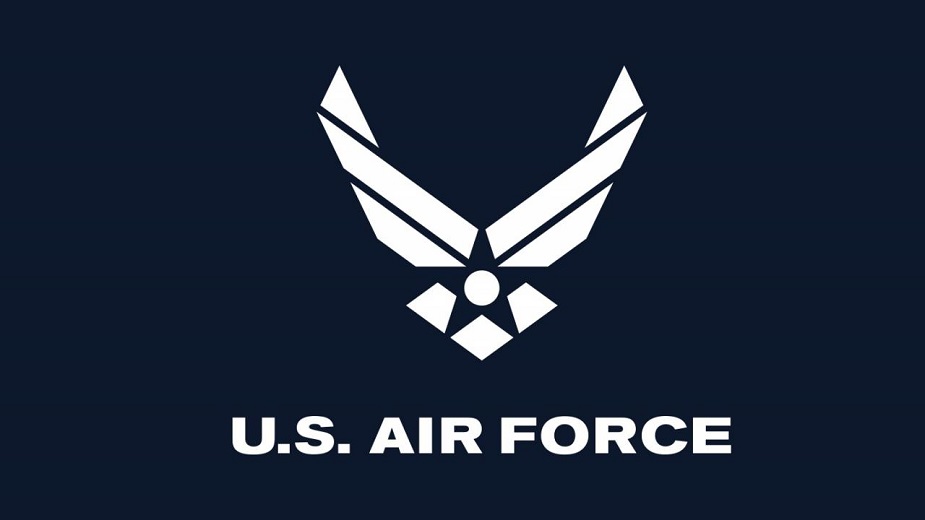
The Department of the US Air Force released a $169 billion budget proposal Feb. 10, which for the first time includes funding for the newly created U.S. Space Force while also focusing funds to help both services modernize, address threats from Russia and China, and sustain readiness.
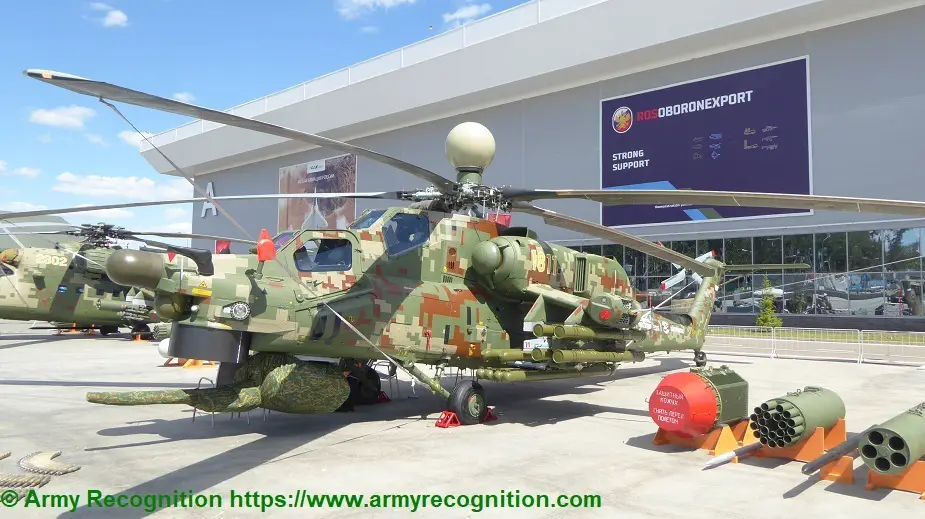
The latest Russian Mi-28NM helicopter gunships will be able to fight airplanes, drones and helicopters. The rotorcraft will be armed with short-range R-74M air-to-air guided missiles. The helicopter will remain invulnerable at low altitude, the Izvestia daily writes.
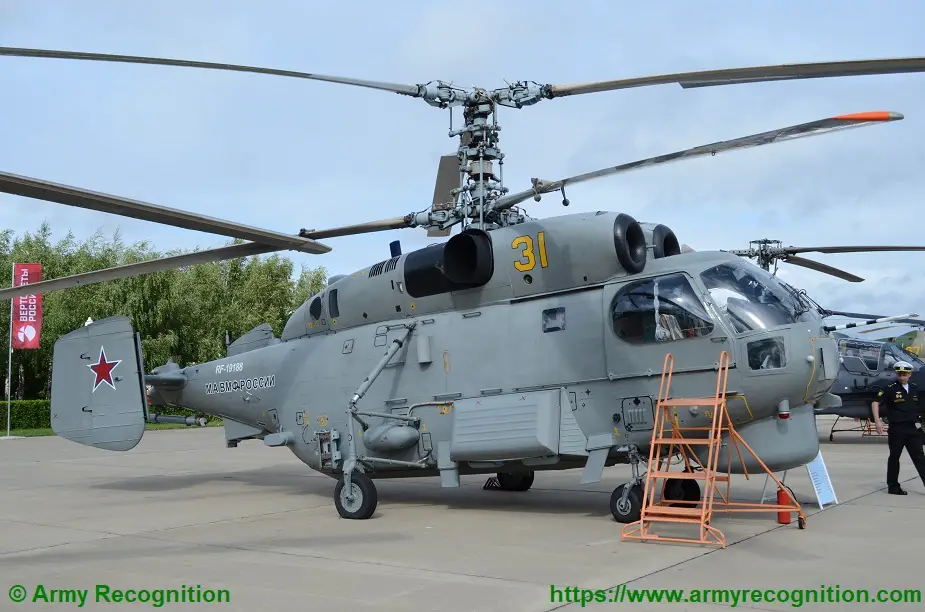
The Russian naval aviation received the first Ka-27M antisubmarine helicopter in 2017. Its onboard equipment includes Fazotron Helicopter Adaptation (FHA) tactical radar designed by Fazotron-NIIR Corporation. It belongs to the family of Kopye-A onboard radars. The FHA (export option FHA01E) promotes numerous missions of an antisubmarine helicopter, the Radio Electronic Technologies magazine writes.
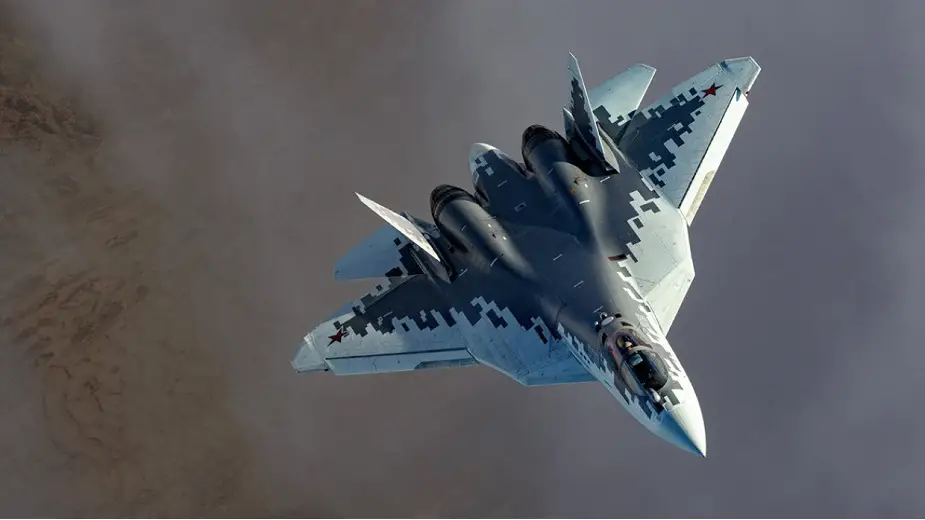
The first prototype of the fifth-generation T-50 fighter jet (later renamed into Su-57) took off and flew for 45 minutes ten years ago in January 2010. Merited test pilot and Hero of Russia Sergey Bogdan flew the aircraft. Gazeta.ru online publication writes about the program to develop the Prospective Airborne Complex of Frontline Aviation (PAK FA).
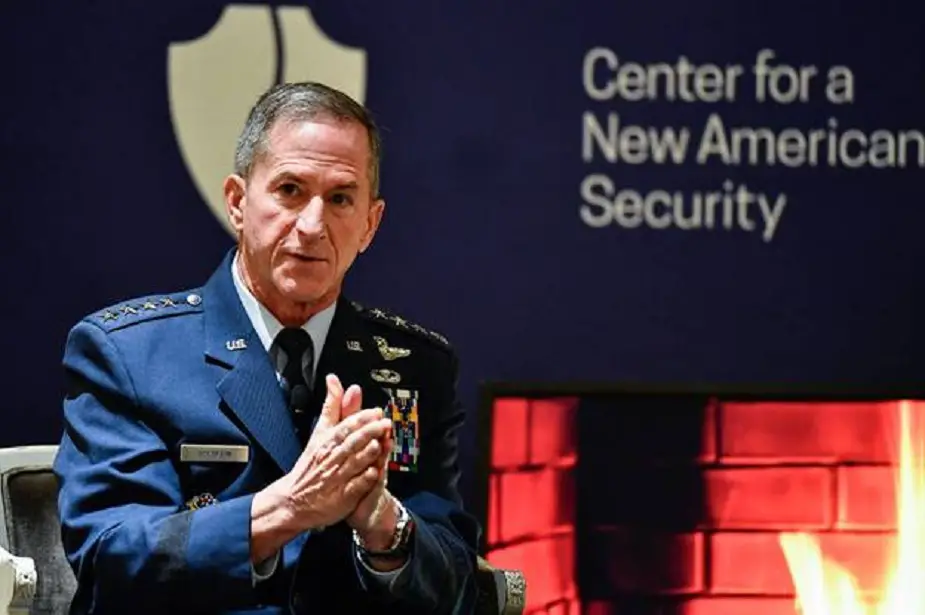
US Air Force Chief of Staff Gen. David L. Goldfein said during a Jan. 27 appearance at the Center for a New American Security that the service is making significant strides in harnessing and using data for deterrence, decision-making and warfighting while also maintaining dominance in space.
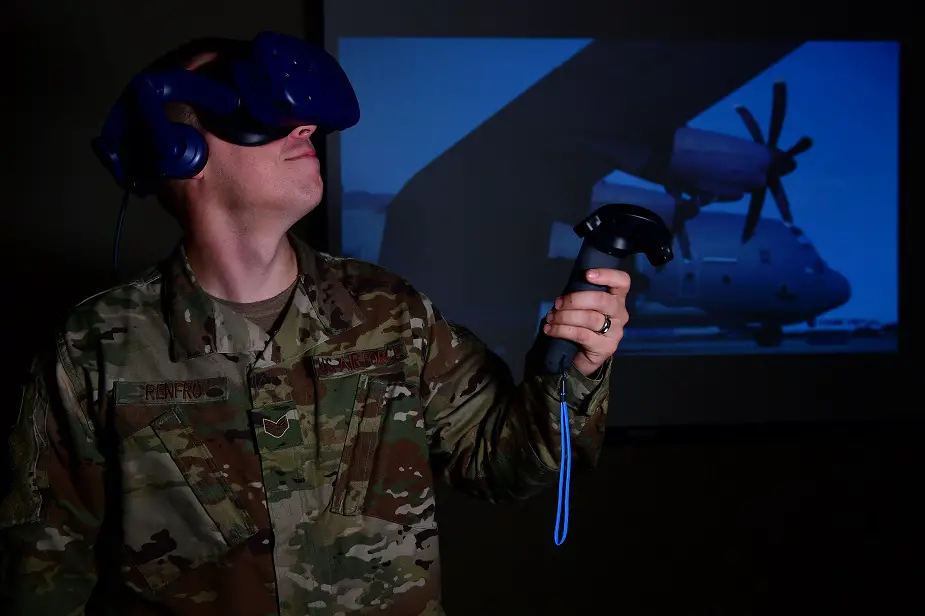
With technology constantly changing, the US Air Force is actively seeking innovative methods to train today’s Airmen with tomorrow’s technology.
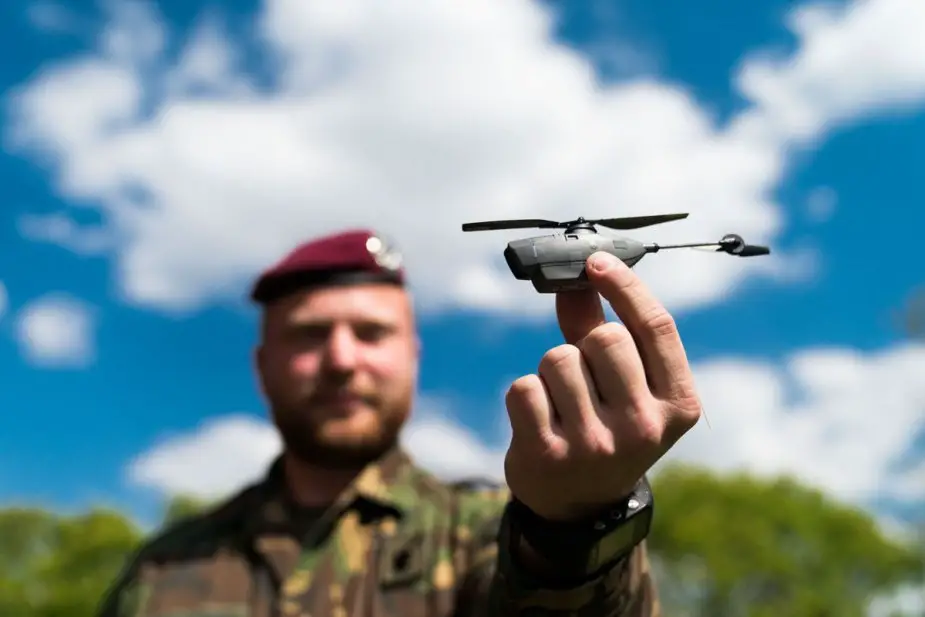
The RTI Joint Stock Company, a developer and producer of high-tech products, will create new radars that operate in terahertz frequency range and are capable of pinpointing the smallest drone, RTI CEO Pavel Laptayev told TASS.

The Russian Navy reportedly plans to develop passenger Tu-204 airplane into an Antisubmarine Airborne Complex (PlAK). Gazeta.ru online publication analyzed the prospects of the project.
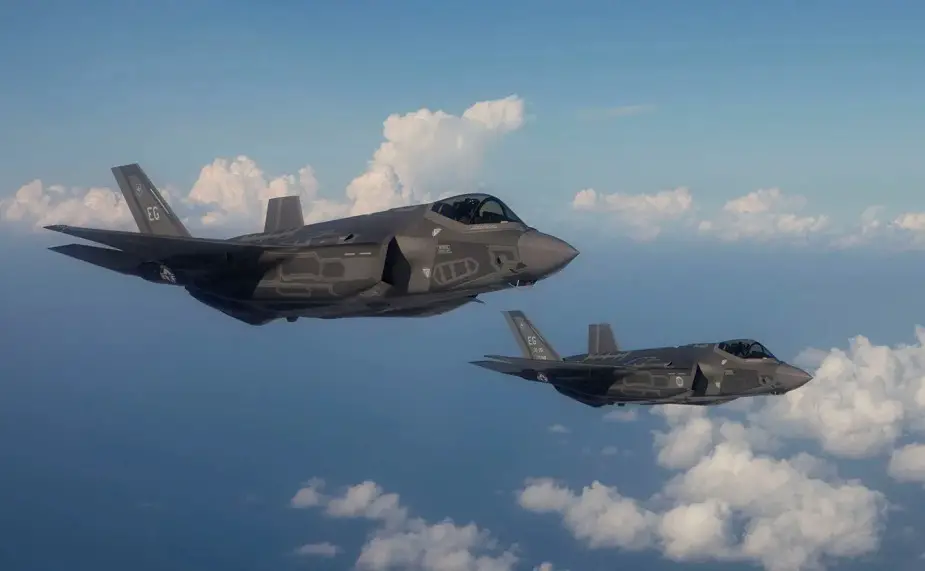
Two U.S. Air Force F-35s were integrated with the U.S. Army Integrated Air and Missile Defense Battle Command System (IBCS), providing an airborne sensor capability to successfully detect, track and intercept near simultaneous air-breathing threats in a test at White Sands Missile Range, New Mexico. The December 2019 test marked the first time F-35s were used as sensors during an IBCS live fire test against multiple airborne targets.
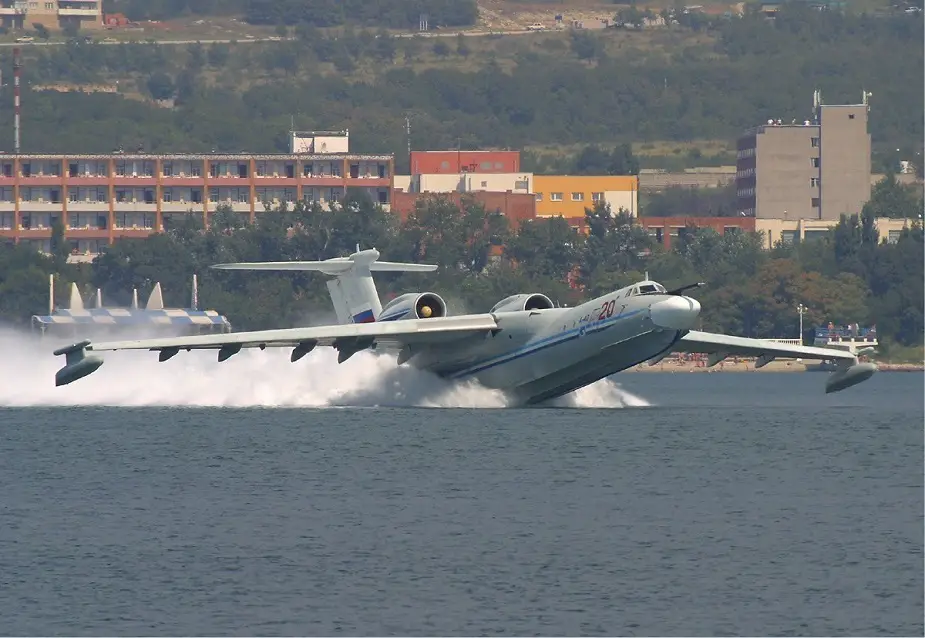
The Russian Navy reportedly plans to develop passenger Tu-204 airplane into an Antisubmarine Airborne Complex (PlAK). Gazeta.ru online publication analyzed the prospects of the project.
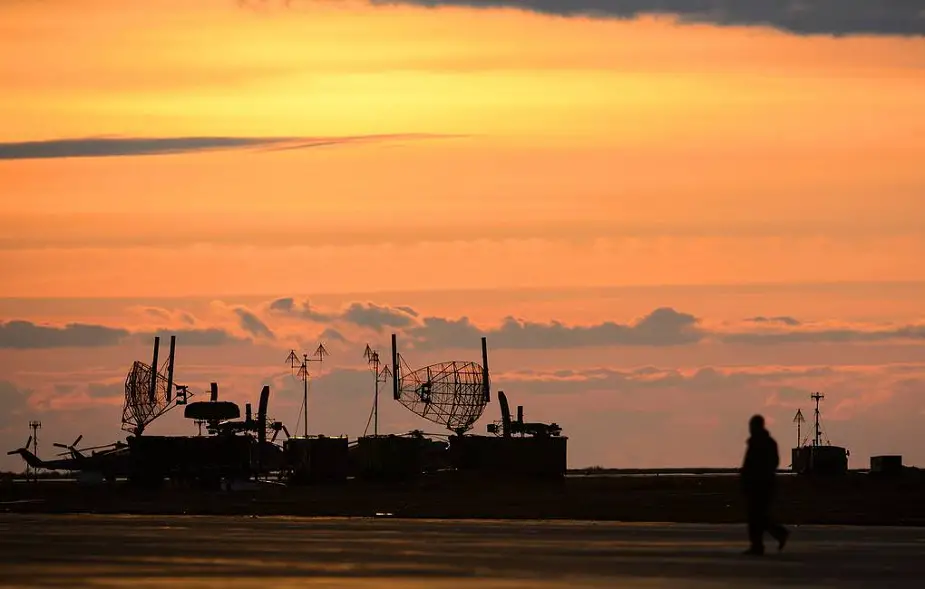
Russia’s General Staff has decided to increase the number of latest Rezonans-N radar stations capable of detecting hypersonic targets from five to ten in the Arctic, a source in the defense industry told TASS on January 20.
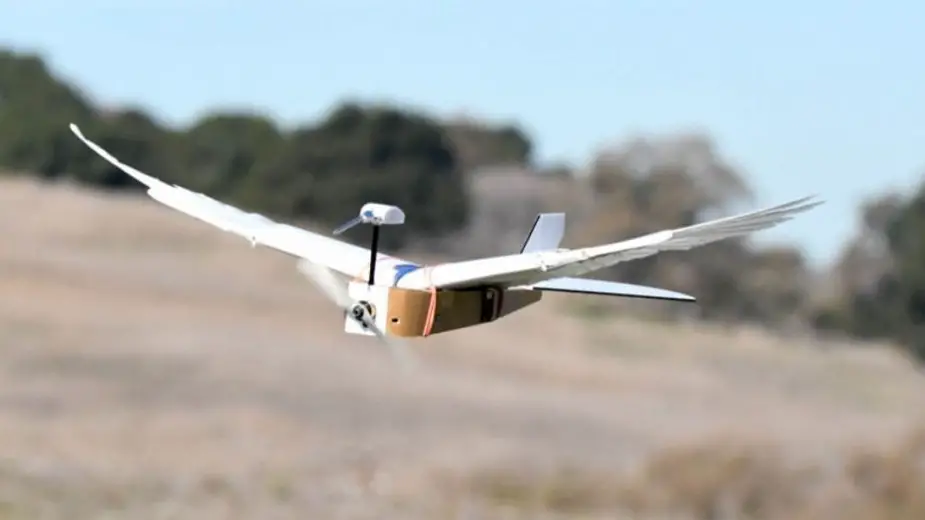
Researchers at Stanford University have been looking into exactly how birds can maintain controlled flight by changing the shape of their wings. For their study, they created a robot called PigeonBot that has a pair of “biohybrid morphing wings.” The robot is being used to test out new control principles. One of the most interesting aspects of the PigeonBot is that the scientists fitted the flying robot with real bird feathers.
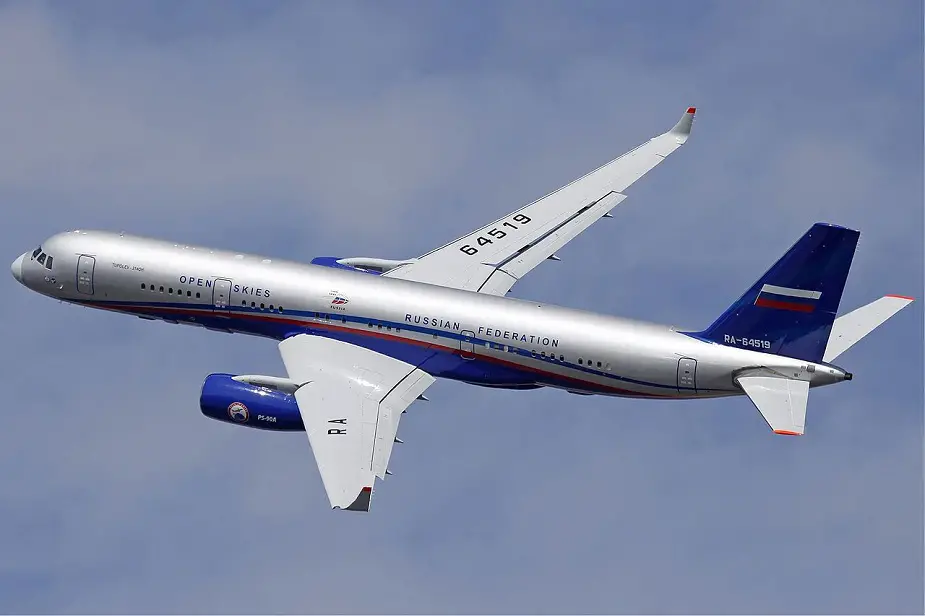
The Russian Navy prepared technical requirements for the latest antisubmarine plane on the basis of Tu-204 passenger aircraft. It will be armed with the latest arms and equipment. The aircraft will ensure the actions of Russian warships in green waters, the Izvestia daily writes.
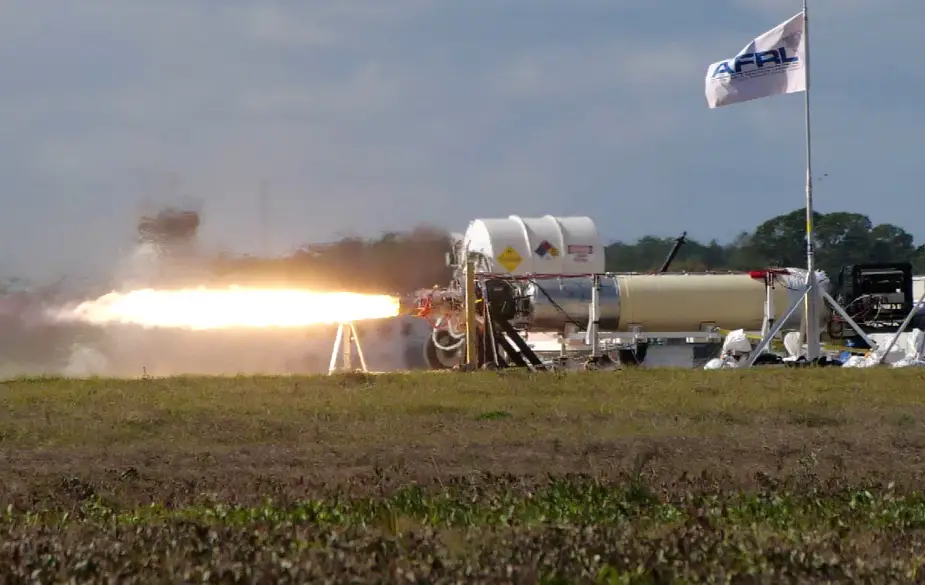
The US Air Force Research Laboratory’s X-60A program recently achieved a key developmental milestone with the completion of integrated vehicle propulsion system verification ground testing.
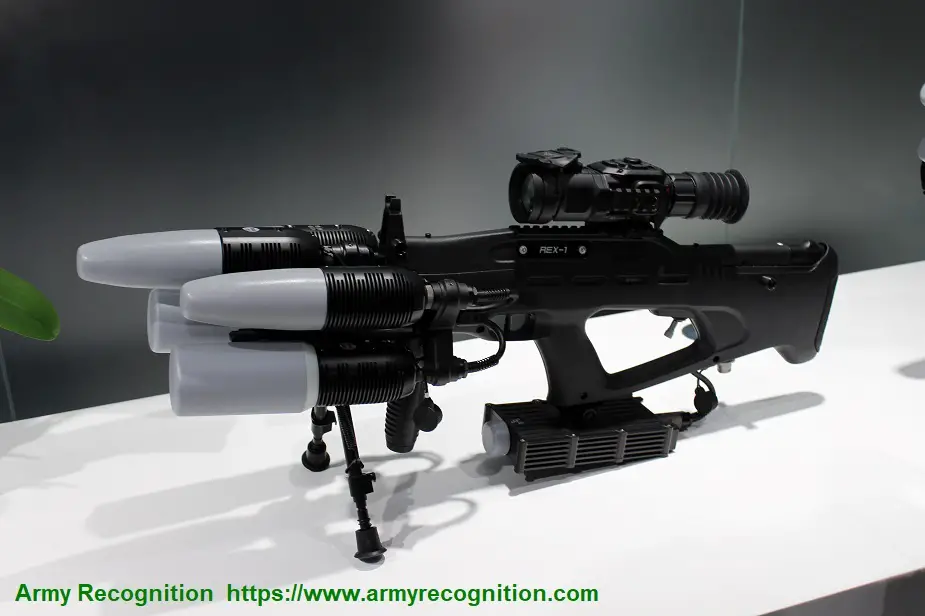
Drone threats from terrorists can increase in Syria and in any other country of the world in the near future, as unmanned technologies are rapidly spreading across the globe. Therefore, specific attention should be paid to antidrone fight and upgraded methods to detect and destroy them, the Zvezda weekly writes.

A new US Air Force Life Cycle Management Center simulator will train pilots and flight engineers operating the E-3 Sentry, or AWACS, aircraft updated with cockpit modifications known as DRAGON, which stands for Diminishing manufacturing sources Replacement of Avionics for Global Operations and Navigation.
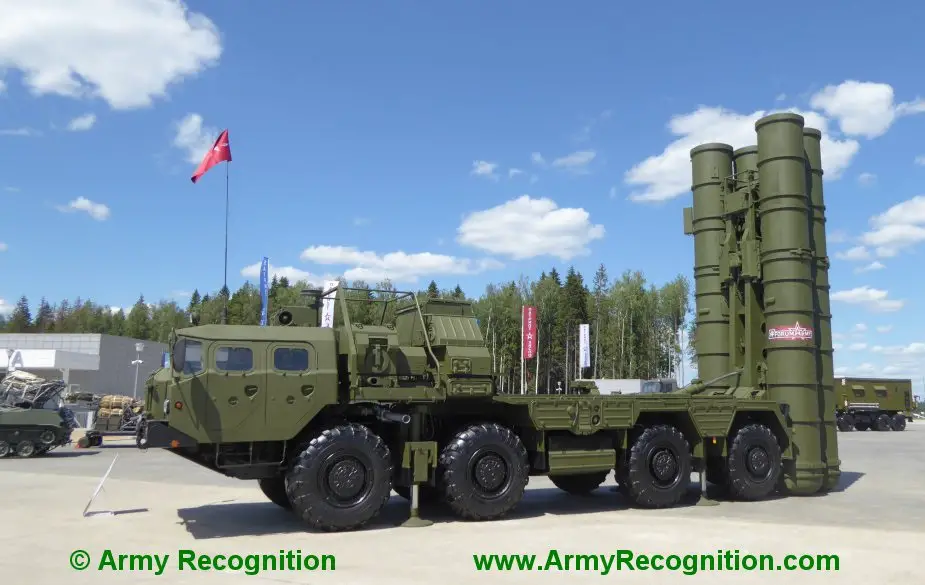
Air defense units will begin to train a new tactic to repel massive cruise missile and drone strikes. It was tested in the autumn of 2019 at Combat Brotherhood exercise. The Syrian experience was taken into account, the Izvestia daily writes.
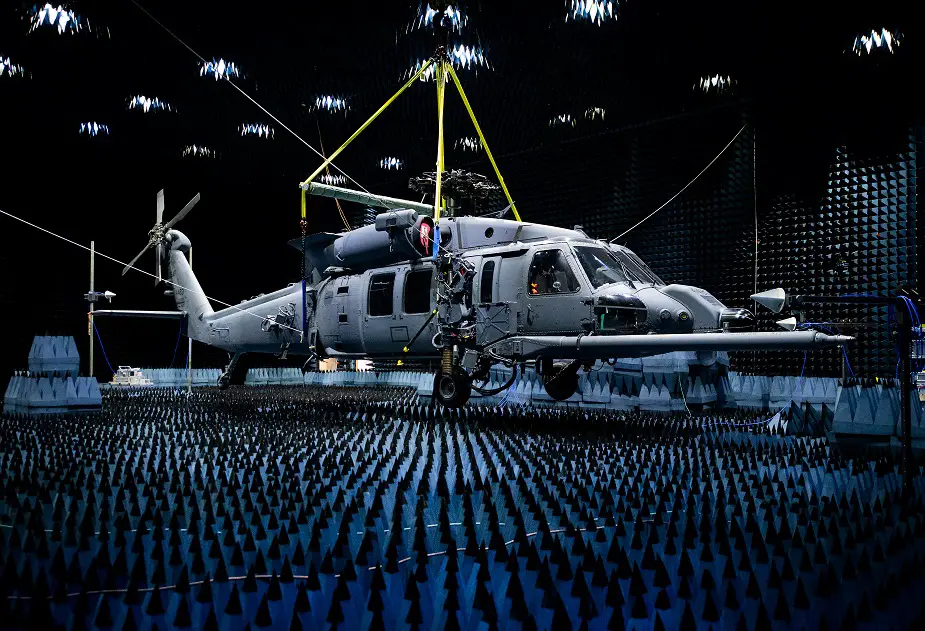
The US Air Force’s newest combat rescue helicopter was suspended in a soundproof chamber at the Joint Preflight Integration of Munitions and Electronic Systems facility in mid-November for defense system testing.
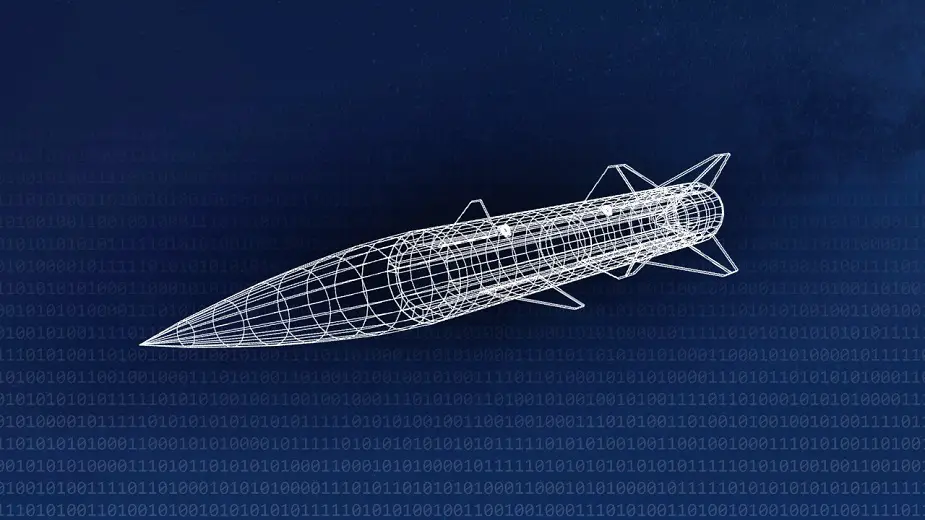
The US Air Force kicked off a pioneering Weapons Digital Enterprise Workshop Dec. 9 at Eglin Air Force Base, Florida, to solidify ties with the Air Force and Department of Defense digital enterprises to develop advanced capabilities and enable rapid design of weapons and assessment of their impact on military operations.
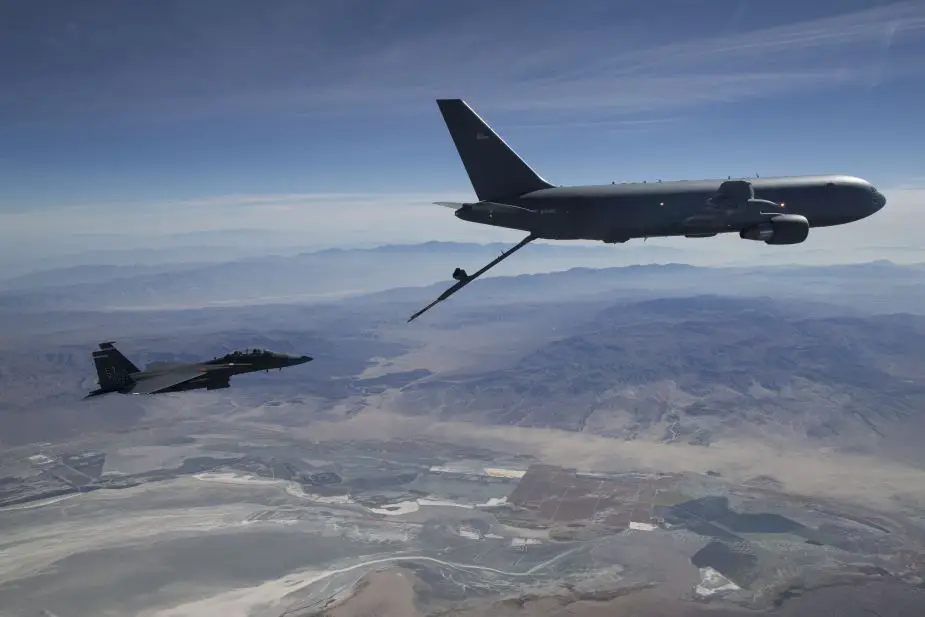
A KC-46A from the 22nd Air Refueling Wing of US Air Force completed the Pegasus’ first flight around the world on November 13-26, 2019. The first global circumnavigation for the KC-46A Pegasus provided extensive training opportunities for maintainers and aircrew at multiple locations on a seven-leg, 13-day journey that included its debut at the 2019 Dubai Air Show (DAS).
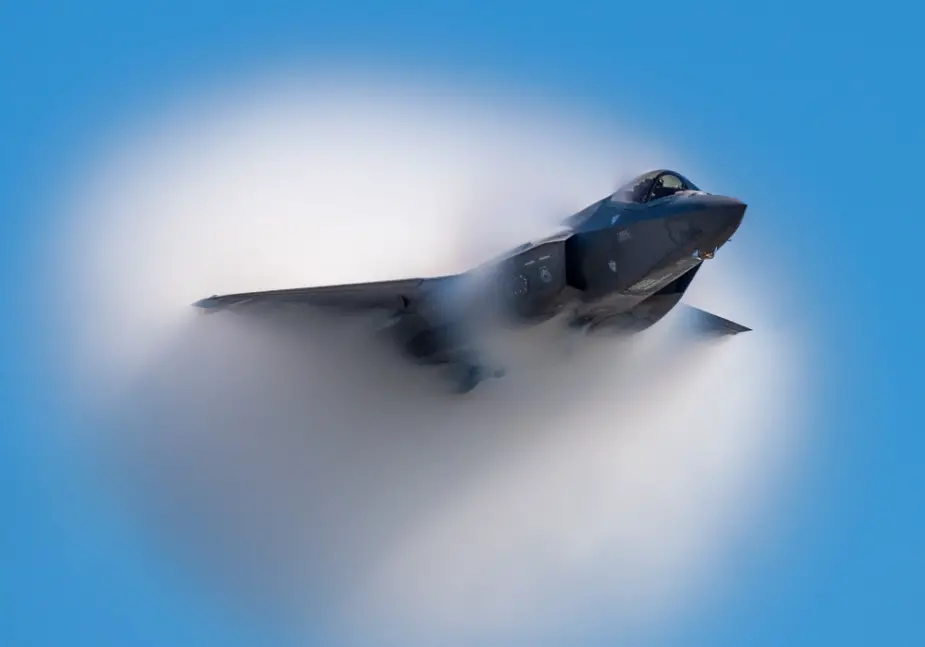
As 2020 approaches and the Air Force prepares to take on the challenges of the next decade, we must also review our successes and lessons learned from the last year. For Air Force Operational Energy, 2019 was a year for laying the foundation to build a more optimized and lethal force in the years to come.
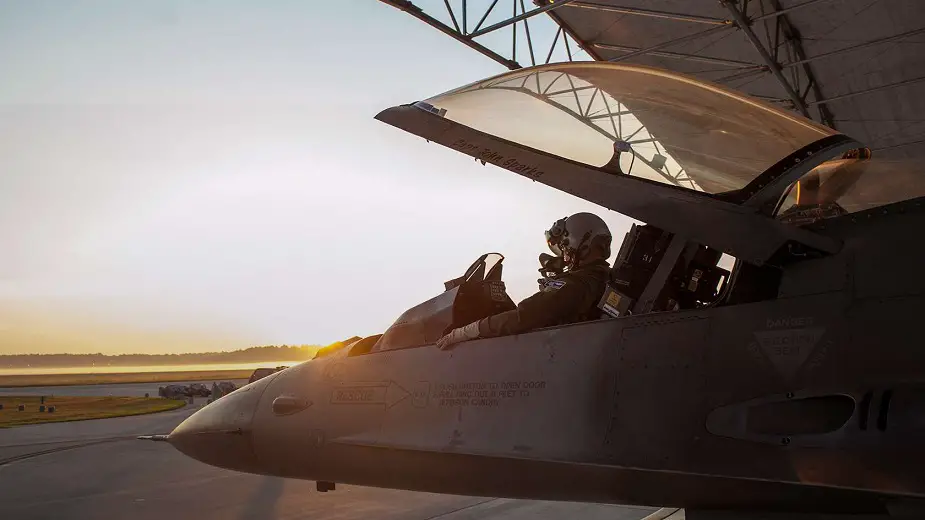
The Air Force is studying sleep habits among Airmen to find ways to improve performance and ensure their readiness to support the mission.
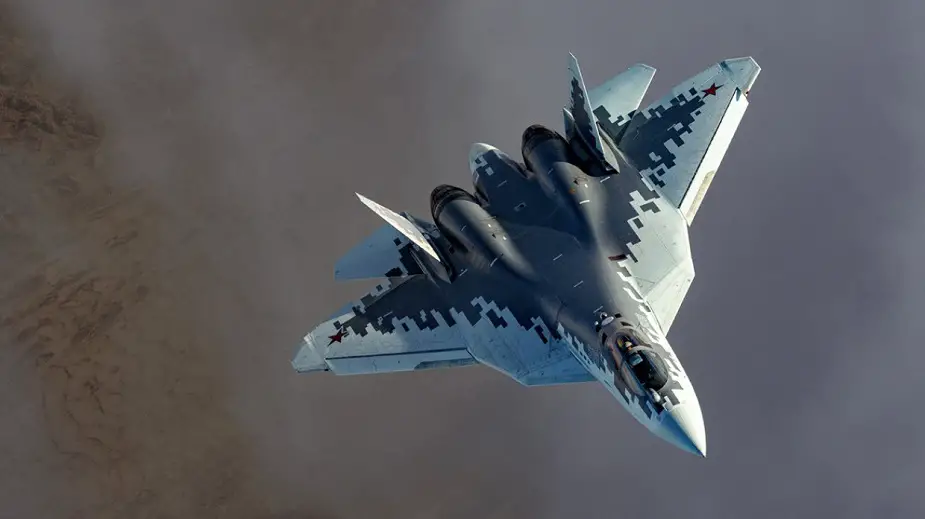
Russia is developing new, advanced weapons for its Su-57 stealth fighter jet, Yuri Slyusar, general director of the United Aircraft Corporation (UAC) has revealed.
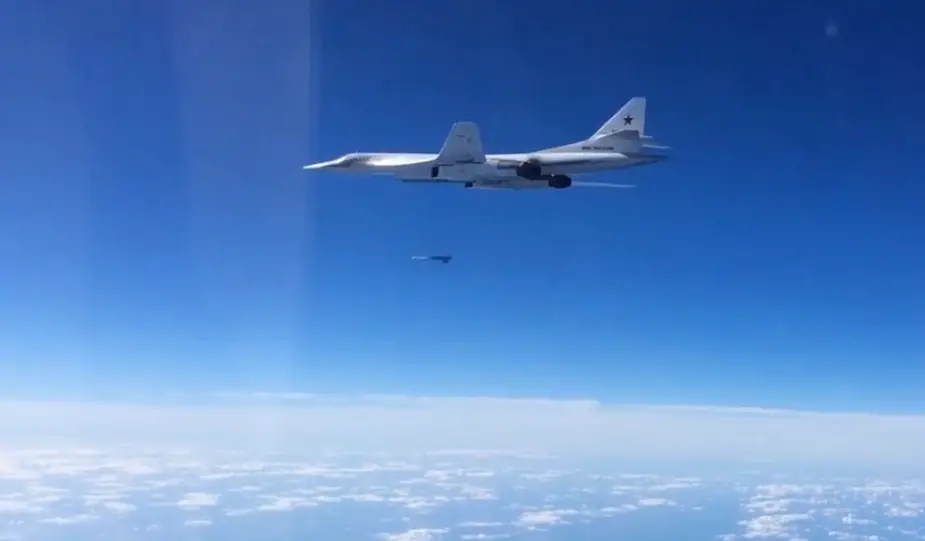
Foreign fighter jets regularly accompany Russian long-range aircraft over neutral waters. All the Russian flights are agreed and monitored to avoid disputes, Long-range Aviation Commander, Lieutenant-General and Hero of Russia Sergey Kobylash told the Izvestia daily.